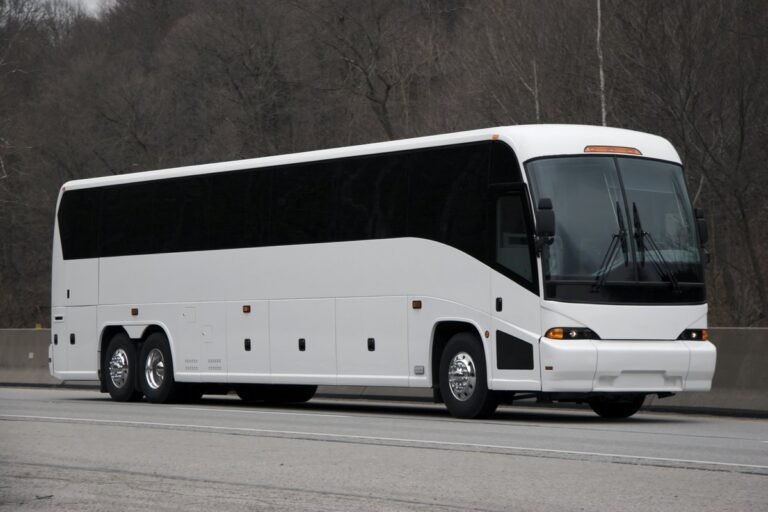The metal fabrication industry is always evolving, and one of the biggest changes in recent years is the rise of automation. What once relied almost entirely on hands-on expertise now leverages robotics, advanced software, and smart machines to make the process faster, safer, and more precise. But what does automation really mean for businesses that depend on metal fabrication—and how can you benefit from these advances?
What Is Automation in Metal Fabrication?
Automation in metal fabrication means using technology—like computer-controlled machines, robotic arms, and automated systems—to perform tasks that used to require manual labour. Today, jobs like cutting, welding, bending, and assembly can be handled by programmable equipment that follows digital instructions with pinpoint accuracy.
CNC (Computer Numerical Control) machines are a great example. These systems use digital files to guide cutting tools, drills, or laser cutters, making it easy to create complex shapes and patterns quickly and consistently.
How Automation Is Transforming Metal Fabrication
1. Increased Efficiency and Speed
One of the clearest benefits of automation is speed. Machines can work around the clock without fatigue, turning out large volumes of parts much faster than a team of people could. This means tighter deadlines, quicker turnarounds, and the ability to handle high-volume production with ease.
2. Consistent Quality
Automation removes much of the variation that comes with manual work. Whether you’re making ten parts or ten thousand, each piece is cut, welded, or formed to the same exact specifications. For businesses, this consistency means fewer defects, less waste, and a more reliable end product.
3. Improved Safety
Some tasks in metal fabrication—like plasma cutting or heavy lifting—can be dangerous for people. Automation takes over the riskiest jobs, reducing workplace injuries and keeping workers safe. Employees can focus on programming, supervision, and quality control rather than hazardous operations.
4. Flexibility for Custom Projects
Modern automated systems can switch between tasks quickly. This makes it easier for fabricators to handle custom orders, small batches, and prototypes without lengthy setup times. For customers, it means you can get a tailored solution faster, without sacrificing quality.
5. Better Resource Management
Automation helps companies use materials and energy more efficiently. Machines can optimize cutting paths to reduce scrap, while real-time monitoring ensures that resources aren’t wasted. This is good for both the bottom line and the environment.
Real-World Examples of Automation in Action
-
Automated Welding Cells:
Robotic arms handle precise, repetitive welding tasks on production lines for automotive frames or industrial equipment. -
Laser and Waterjet Cutters:
Computer-controlled machines cut metal sheets into complex shapes for everything from signage to aerospace parts. -
Smart Material Handling:
Automated systems move heavy parts and finished products throughout the factory, reducing manual lifting and speeding up the process.
What This Means for Businesses
For companies that need metal fabrication, working with an automated shop brings real advantages:
-
Faster project completion
-
Lower risk of errors or defects
-
Easier scaling from prototypes to mass production
-
Potential for cost savings over time
It also means you can expect more open communication, as automated tracking and monitoring make it easier for fabricators to give real-time updates on your order’s progress.
Is Automation Replacing Skilled Labor?
While automation takes over repetitive and hazardous tasks, skilled workers are still essential. In fact, the demand for experienced engineers, programmers, and machine operators is growing. Today’s fabricators work alongside smart machines—setting up jobs, checking quality, and solving complex problems. The result is a blend of technology and expertise that leads to better outcomes for everyone.
The Future: Even Smarter Factories
The trend toward automation in metal fabrication will only continue. Innovations like artificial intelligence, machine learning, and the Internet of Things (IoT) are making machines even smarter. In the future, entire factories will be connected, with real-time data guiding everything from design to delivery.
Conclusion
Automation is transforming metal fabrication—making it faster, safer, and more reliable than ever. For businesses, partnering with a fabricator that invests in automation means getting top-quality results, on time and within budget.
Want to experience the benefits of modern, automated metal fabrication? Visit Kirmell to discover how we blend technology and expertise for your next project.



